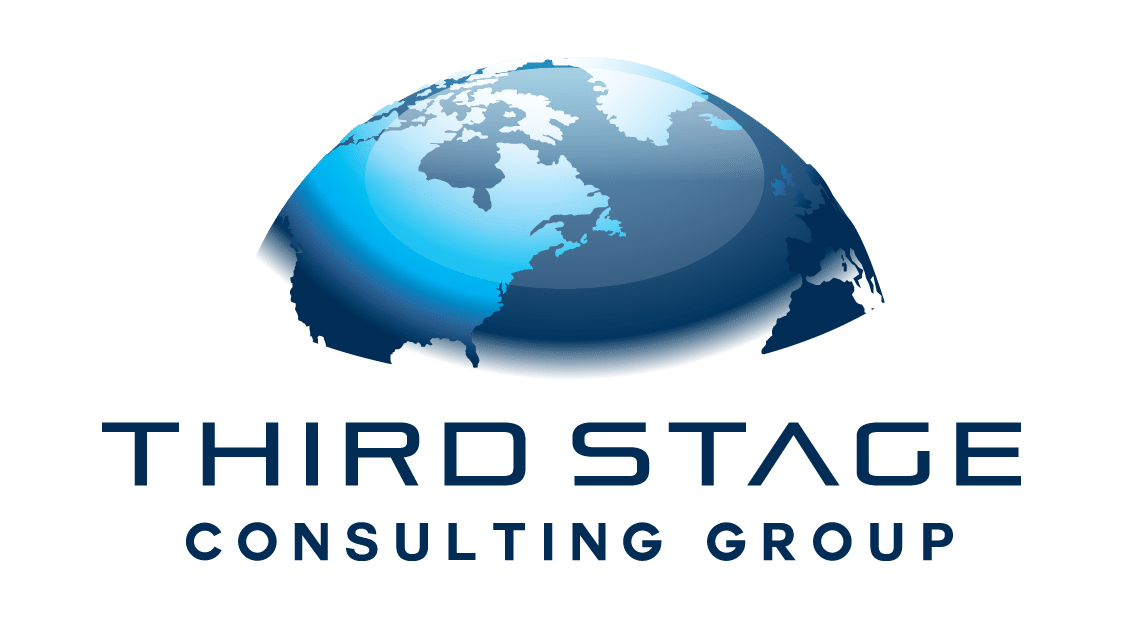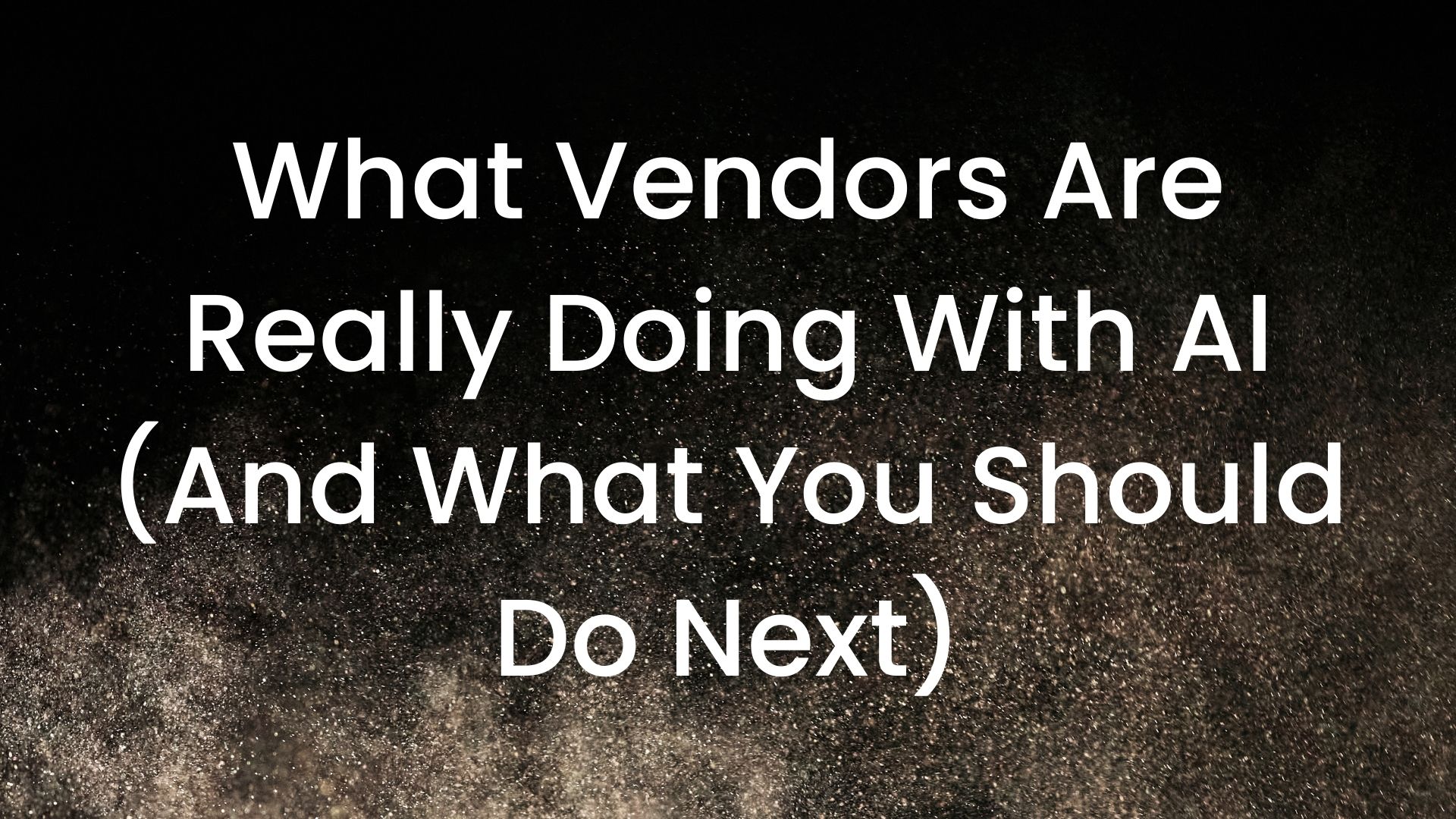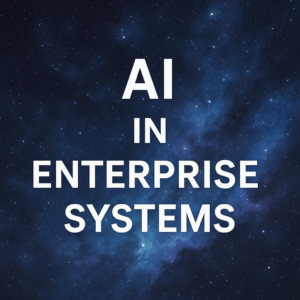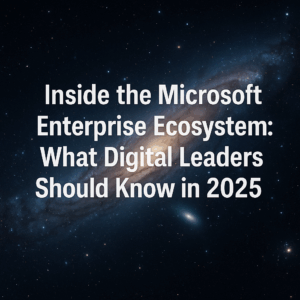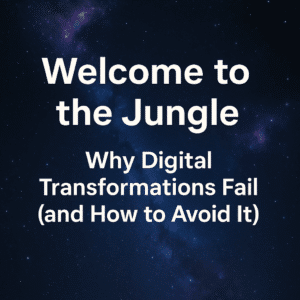We brought a cross-section of the ERP world on stage, featuring Infor, Epicor, NetSuite, Priority, and a vendor-neutral perspective from Info-Tech Research Group, to cut through the buzzwords and discuss what’s actually happening with AI in enterprise systems. No demos, no slide-ware, just straight talk about use cases, implementation impact, and where this is all headed.
If you’re trying to separate hype from reality, here are the takeaways I’d want my own team to remember.
Table of Contents
ToggleThe Short Answer: AI Is Moving From Options to Outcomes
For years, enterprise software has asked end users to pick the “right” model, query, or workflow. The panelists agreed that AI is flipping that model. Systems are beginning to evaluate options behind the scenes and surface the best answer so your people can spend less time clicking and more time deciding.
That shift shows up across vendors:
- Embedded AI that quietly handles recommendations, forecasting, and inventory optimization.
- Natural-language assistance that drafts content, searches data, and navigates the system.
- Early advisor/agent patterns that flag anomalies and begin to orchestrate tasks with a human in the loop.
It’s not sci-fi. It’s already in production, and it’s spreading.
What Vendors Say They’re Embedding Right Now
Infor highlighted two tracks:
- Embedded use cases inside CloudSuite/ERP’s product recommendations and inventory/forecasting (think “Amazon-style” suggestions, but for B2B).
- A maturity path: validate with customers → embed broadly → iterate as data quality and patterns improve.
Priority framed AI in three tiers:
- Assistant (draft an email, search with natural language) – here today.
- Advisor (surface anomalies, tell you where to look) – emerging now.
- Agentic (cross-process orchestration) – coming, but not fully here yet.
Epicor took the “pragmatic wins” angle:
- Customers don’t ask for “AI,” they ask to solve forecasting, inventory, and predictive analytics pain.
- A knowledge assistant is seeing strong adoption; one customer called it “a second brain in ERP.”
NetSuite emphasized the cloud-native + unified data story:
- Oracle’s infrastructure + a single data model = a platform for recommendations, supply chain optimization, and natural-language setup/queries.
- A growing SuiteApp ecosystem and connectors provide extension without losing data integrity.
Bottom line: most tangible value is coming from forecasting, recommendations, natural-language help, and guided automation. Not moonshots.
How AI Is Changing Implementations (For Real)
Three real impacts kept coming up:
- Less “menu diving,” more answers.
Instead of asking planners to choose models, AI can run them in parallel and present the best fit based on your data shape. That shortens learning curves and reduces variability. - Consumer-grade experiences.
Natural-language assistance and guided flows mean fewer classroom trainings and “which button do I click?” conversations. Adoption improves when systems feel obvious. - Smarter migration and readiness.
Vendors are using AI in tooling to assess legacy customizations and accelerate cloud moves. You still need data hygiene and governance, but there’s more lift in the tools than there used to be.
AI doesn’t remove the need for change management. It changes it from button-training to trust-building (when to accept an AI-suggested action, where to insert human judgment, and how to measure outcomes).
Composable ERP vs. Suite: The Pendulum, Explained
This debate resurfaces every few years:
- Suite loyalists argue for unified data, fewer integrations, and simpler operations.
- Composable advocates want flexibility, faster innovation, and best-of-breed capabilities.
What’s actually happening is a platform middle ground:
- NetSuite: unified suite + low/no-code extensibility + a curated partner/app network + connectors where needed.
- Infor: industry CloudSuites tied together with a platform layer (data fabric, analytics, AI, shared UX workspaces).
- Epicor: suite at the core, APIs to bolt on specialized capabilities as the business evolves.
- Priority: a configurable platform that vendors/partners use to build vertical solutions on common tooling.
Trade-offs don’t go away: composability increases flexibility and complexity. Mid-market organizations, especially, should be honest about in-house skills and the total cost to maintain a microservices zoo.
What Leaders Should Do Before Signing Anything
Vendor hype will always outpace organizational readiness. Your job is to close that gap deliberately:
- Do a real Phase 0.
Minimum 8–12 weeks to define the why, scope, future processes, data model, governance, resourcing, and success metrics. Use this to inform SIs and lock down realistic statements of work. - Put AI in your contracts.
Spell out IP ownership, data usage, training rights, liability, auditability, and model guardrails. You can adopt AI without signing away the crown jewels. - Staff the program with your best people.
Pull respected insiders who understand your legacy reality. External help is valuable, but someone who knows “why we do it this way” must be at the table. - Harden data early.
Start moving and cleaning data now (even into a lakehouse) so analytics and AI can create value before every module is live. - Plan adoption like a product launch.
Coach on new ways of working, not just new clicks. Measure behavior change, not just training completion.
The Incentive Problem No One Talks About
When a single deal can make (or break) a sales rep’s year, you’ll see behavior that isn’t aligned with your interests: pressure to “sign now,” vague SOWs, optimistic timelines. Assume it will happen, don’t take it personally, and protect your program:
- Insist on a scoping engagement first (paid and vendor-neutral, if possible).
- Tie payments to outcomes and artifacts, not milestones with fuzzy definitions.
- Keep procurement, legal, and the business owner aligned on the why; it’s your anchor when pressure ramps up.
5-Year Outlook: Pragmatism > Prophecies
Looking ahead, the consensus was pragmatic: expect smarter assistants, advisors, and emerging agents that do more of the busy work while humans still sign off on the financials and other high-stakes decisions. You’ll also see time-to-value shrink toward zero in specific areas as industry-tuned models and patterns arrive ready to use out of the box. We’re not talking AGI or fully autonomous enterprises, just steadily better automation for Level-1 tasks with wider human oversight. And none of it matters without solid data and a unified context to ground the outputs. In short, plan for a sharper, more useful version of today rather than a wholesale rewrite of how businesses operate.
A Practical Checklist You Can Use Tomorrow
- Write your business case in outcomes: revenue up, cost down, risk down, cycle time down.
- Map three AI use cases you can pilot in 90 days (forecasting, recommendations, NLQ assistant).
- Inventory choice overload in current workflows; target those for AI “options-to-answers” redesign.
- Define decision guardrails (when to accept AI suggestions, when to escalate).
- Lock AI/data clauses into your MSA/SOW.
- Stand up a data workstream now (quality, lineage, access, security).
- Fund a Phase 0 before you fund build.
👉 If your organization is rethinking its talent strategy, ERP roadmap, or AI adoption, our team at Third Stage Consulting can help. We’re 100% independent, vendor-neutral, and focused on practical strategies that deliver results.
📩 Contact us to learn how we can help you — and your team — prepare for the next wave of enterprise change.

